Rafael Domenech has immense clarity of concept. He prefers to call his works “publications” rather than sculptures. Exhibitions are “about developing a visual essay, rather than objects floating around.” Moving through his show should feel like moving through a city. Language “has to take a much more architectural position, rather than a descriptive position.” He feels more comfortable saying, “I do what I do” rather than, “I’m an artist.”
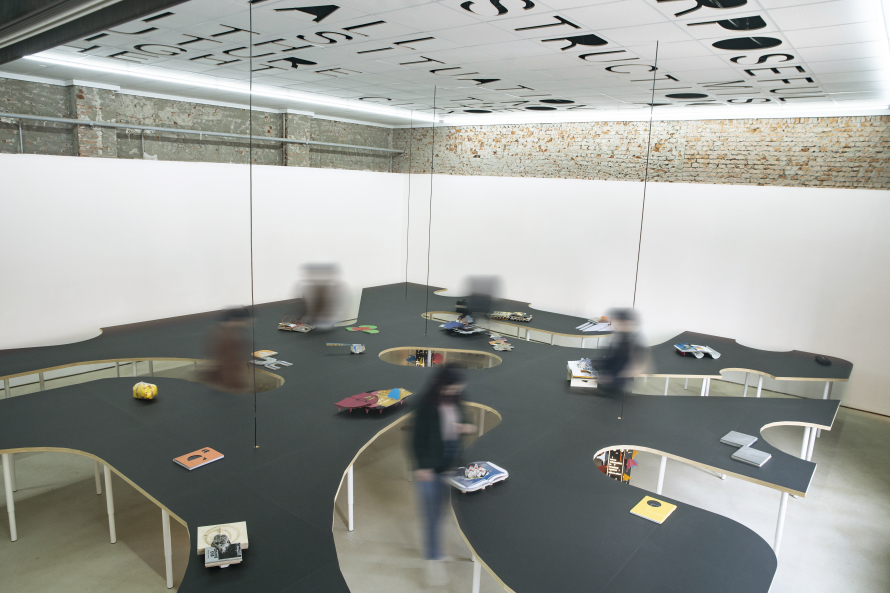
“I try to use the art platform as an oblique perspective on life,” he says on Zoom from New York City, the day he’s heading to Berlin for a project at Hua International. Born in Havana, Cuba, Domenech speaks in long paragraphs—about urbanism, literature, architecture, hierarchies, the Western canon—moving organically from one thought to the next. Much like his work. “When I think about shows, I don’t think about art necessarily,” he says. “I think about developing methodologies. I’m not interested necessarily just in what an artwork says or is. Artwork for me is an object that’s not the conclusion, but a pause time of a conversation with these ideas that translated into the material world.”
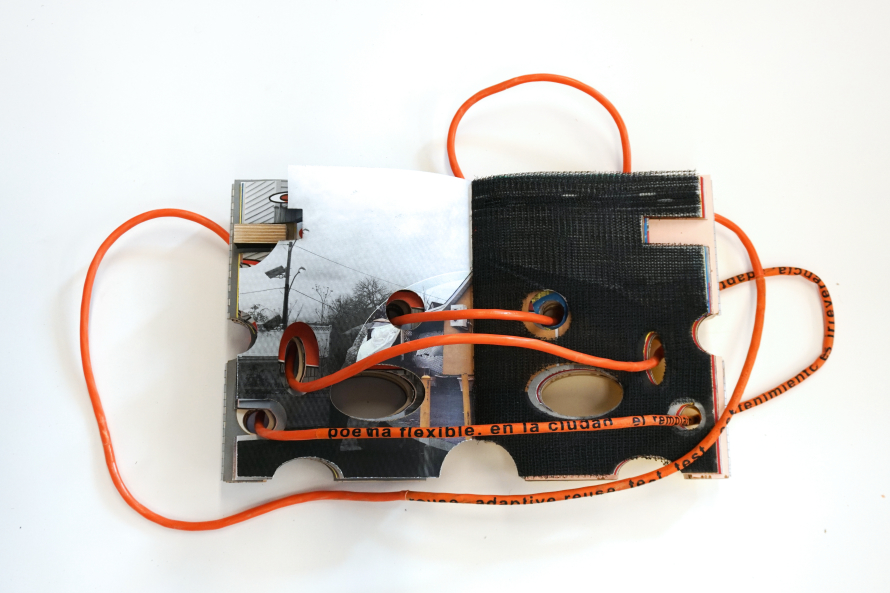
Lively conversation—exchange, relation, drama, surprise—pervades his work. A devoted reader of concrete poetry, Domenech assigns poetic titles to works that attempt to provoke engagement. Take The plastic river has no corners (2021), a sculpture made with plywood, plexiglass, glue, vinyl, construction mesh and other materials. It looks like a book with a well cracked spine but has a safety-orange extension cord weaving through circular and oval holes. The title itself extends, obscures and disrupts rather than clarifies the object itself. “When I title works, I always try to put a title that can point away from the work. It drags that work with you, but it also points somewhere else,” he says. “You know, it adds another image on top of the image.”

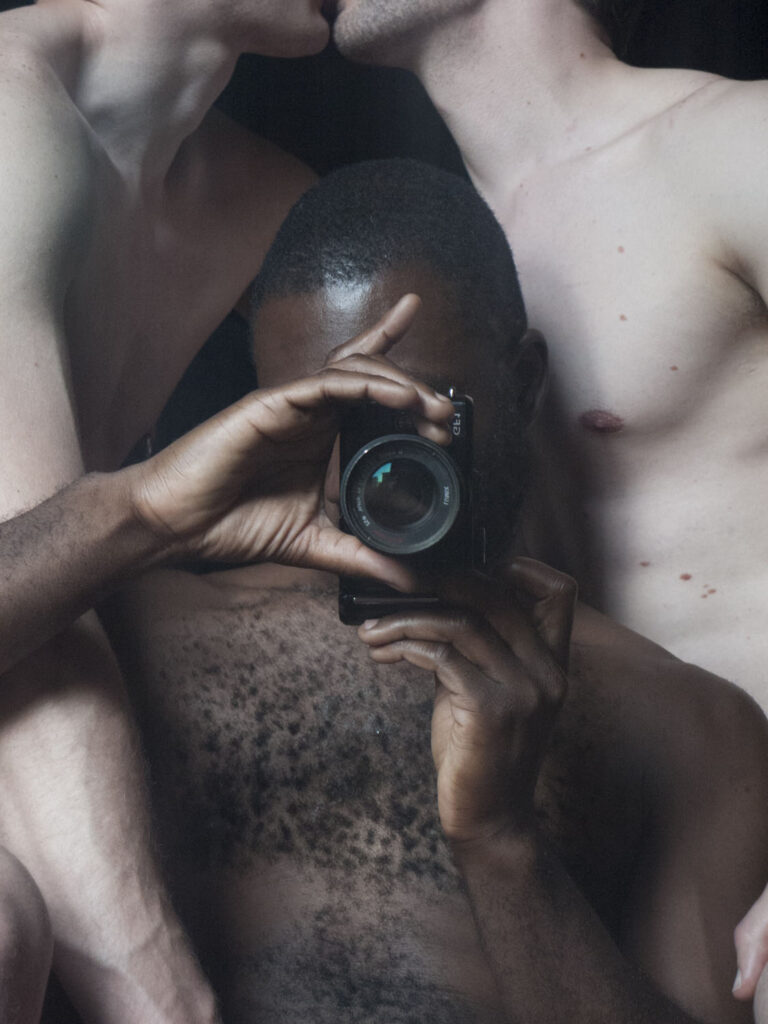
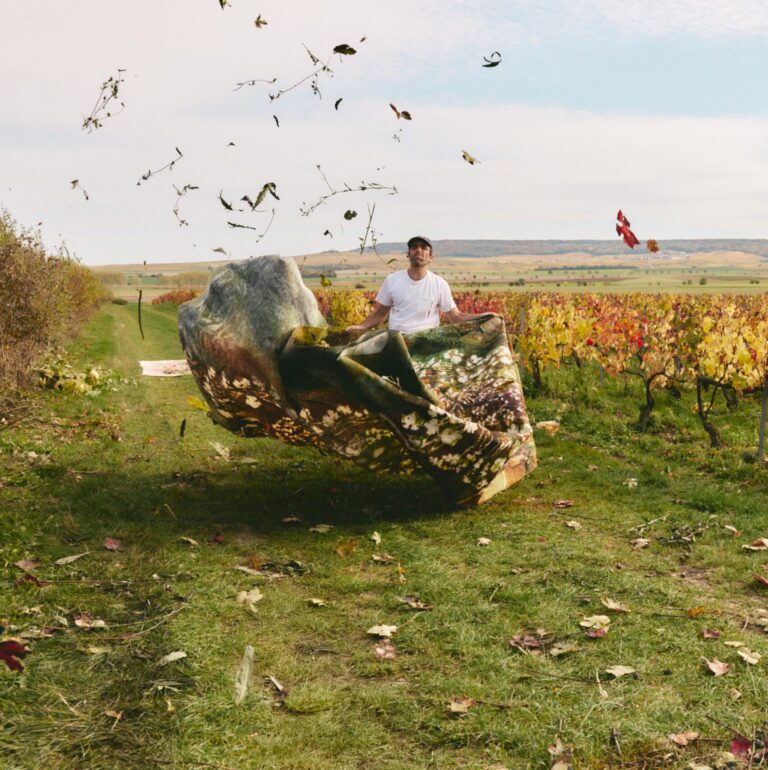


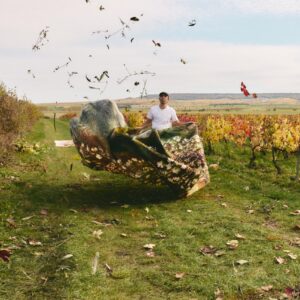




 in your life?
in your life?

